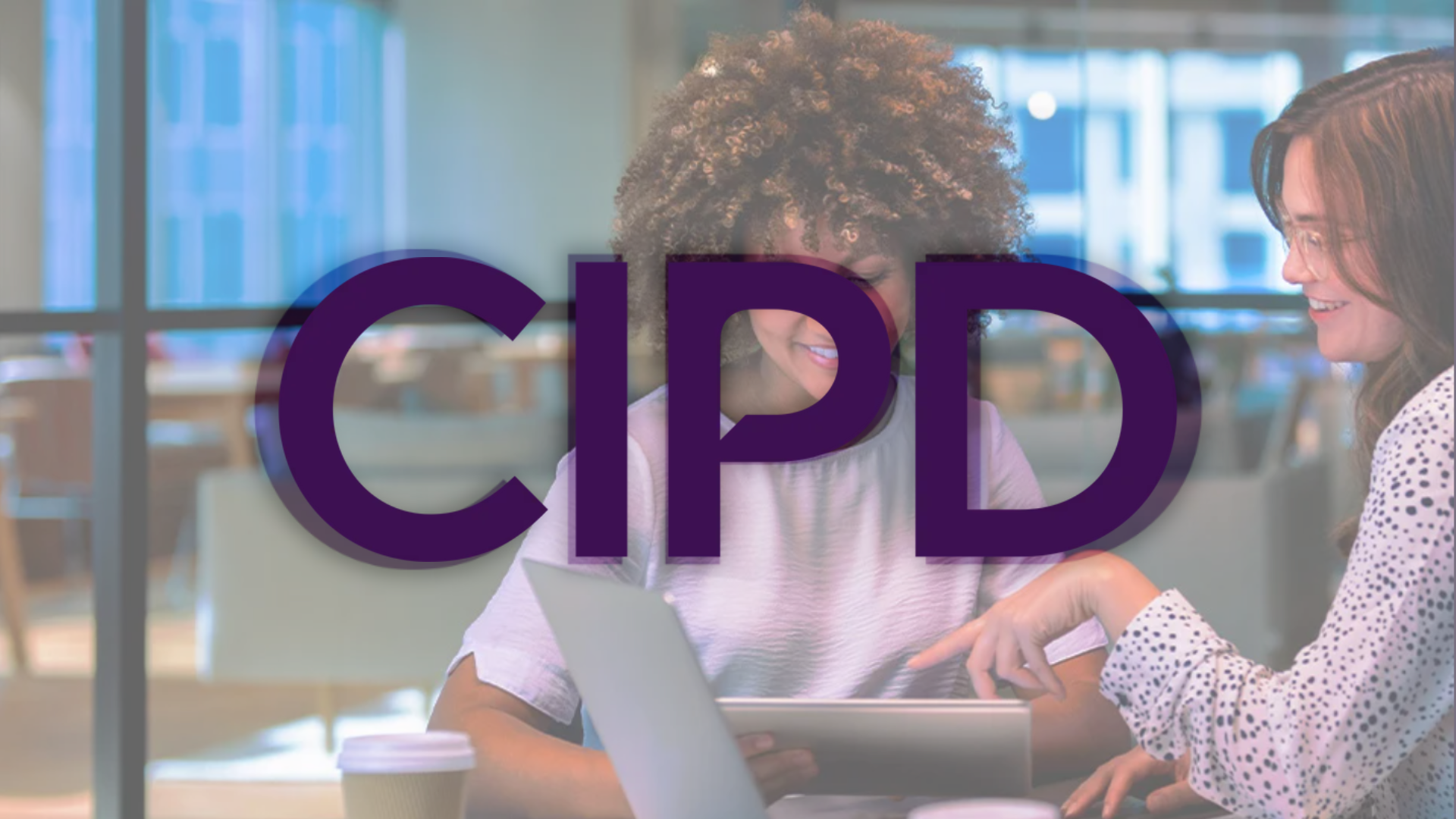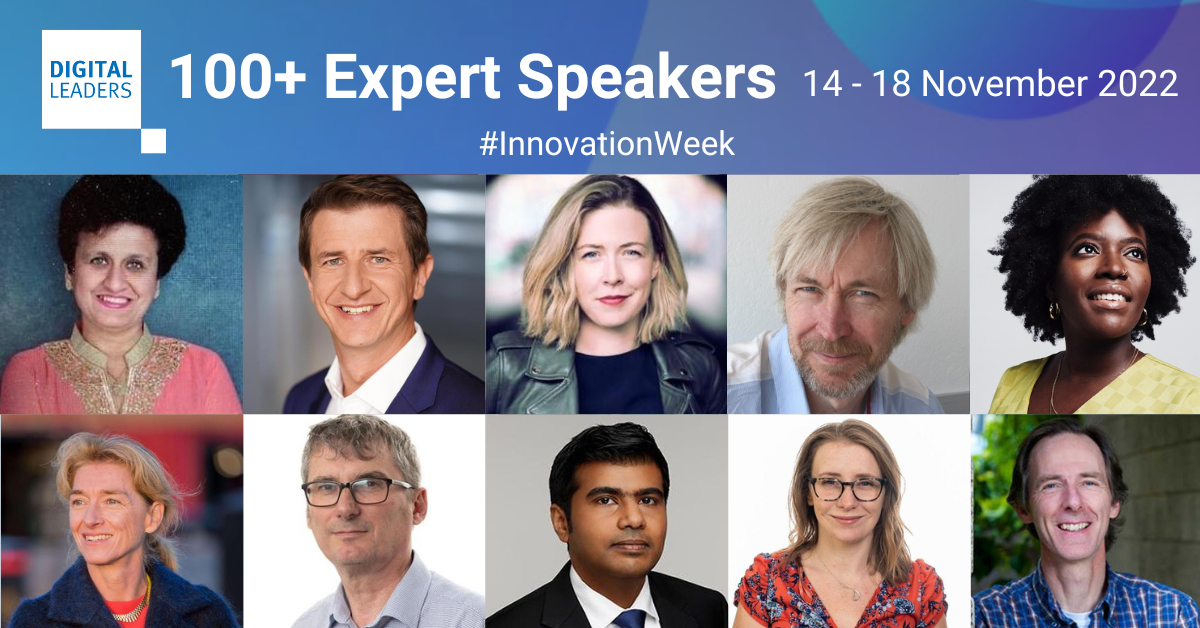Distributing content across various channels can plunge content marketers into a cold sweat. Traditionally, that is. And whilst the headless CMS is said to be the future of content marketing that offers the fastest and easiest way to manage your content, the key is to identify your wider marketing strategy to make the right choice.
TRADITIONAL CMS VS HEADLESS CMS
Finding the right CMS for your company is vital for securing your online presence and ramping up your brand awareness through content marketing. The question is, which CMS do you choose? There are two types of CMS on the market: traditional CMS and headless CMS.
Traditional CMSs, like WordPress, Drupal and Joomla, store content for websites and provide the presentation layer. They combine the front end with the back end, publishing all content elements to one platform. This works well for small websites, but it makes scaling to a larger website nearly impossible.
As they serve the website from a single system, managing all your content is relatively easy. The front-end nature and countless themes and templates available make design equally easy.

These days, organisations already know that every full-featured solution comes at a cost. And I don't mean "just" money, but maintenance efforts, less than ideal content-editing experience, the lack of flexibility in content delivery, or mediocre responsiveness for end users. The ability of headless systems to remove the frustrating parts of traditional solutions and focus on providing the best experience for editors, developers, and end users made them a no-brainer for every organisations that wants to unlock the full potential of content and succeed in the modern world.
Ondrej Polesny
Developer Evangelist, Kontent.ai
THE DOWNSIDES TO TRADITIONAL CMS
The traditional CMS allows editors to publish content on the website, but that’s also where its content functionality ends. This limited flexibility makes scaling your content or adaption to mobile apps or more dynamic pages more difficult. In addition to that, content migration and re-platforming from traditional CMS is usually a long and mostly manual process.
There’s a significant upfront cost to set this type of CMS up too. With the front and back end so tightly coupled, you’ll need CMS-specific developers onboard to set everything up and keep up with the costly maintenance. The efficiency of this solution also leaves a lot to desire. The front and back end tie-up can slow down the performance and use more server power.
Innovating and responding to rapid market changes with a traditional CMS can be difficult, if not impossible. Competitors with stronger content strategy and the agile CMS systems to distribute it are likely to outperform you.

As more and more people are jumping onto the headless CMS bandwagon, there needs to be some thought process around optimising content for various digital channels - including AI, VR and Metaverse. I feel there is still a reluctance of embracing these relatively new channels across businesses. Because of this, education around how headless CMS can help with it is important.
Ilesh Mistry
Senior Front End Engineer, MMT
WHAT IS A HEADLESS CMS?
Also aptly known as back-end only CMS, this system works entirely through the back end. It houses all your content in a cloud-based “body”, which is then delivered through API to the presentation layer, “the head”. The CMS manages the content but not the presentation.
In simpler terms, imagine the headless CMS as an author writing a book. The author (the body) provides the content while the publisher (the head) turns the author’s work into a hardback book, audiobook, etc. The end users all get the same content delivered to them via their preferred method. The marketing suites within the headless CMS do all of this automatically.
THE BENEFITS OF GOING HEADLESS
First, and most importantly, headless CMSs are composable. That means the entire workflow experience is seamless, with each element acting as a building block, allowing you to jump between apps and add or remove resources as needed. This customisability makes scaling simple.
In terms of content marketing, the composable environment allows you to get the most out of your inbound marketing by publishing it content across multiple platforms simultaneously.
Headless CMSs unify your content into one centralised, cloud-based hub. This makes editing content far more manageable. It's all done automatically rather than adjusting, copying, and pasting each edit you make. For example, if you edited a line of copy, the CMS would instantly apply that change to wherever the content is published, keeping everything you publish consistent.
API-FIRST
What makes headless systems ideal for developers is their API-first design. With it, developers are free to use their preferred tools and frameworks rather than dealing with the CMS’s limitations. They can worry less about the content and rigid systems and instead focus on maximising the presentation.
Headless systems perform much faster for users too. Our clients most often use the leading platforms in the headless CMS Kontent.ai and Contentful. Their users can expect 5x faster load times. This makes websites not only more favourable to users but to search engine algorithms too. Hence why Contentful and Kontent.ai users also see a 60% increase in eCommerce conversion and a 3x increase in conversion from online store searches.
However, headless CMOs do require work upfront. As with traditional systems, you must develop a “head” alongside setting up the right integrations and configurations to suit your business.
Once set up, you’ll have a fully composable system. Making this upfront work increase tenfold in value over the long run.
THE POWER OF COMPOSABILITY
Business moves at lightspeed, and companies fall if they don’t adapt, often forcing firms to squeeze out every last drop of value from their resources to stay ahead. This is where composability shines. It allows businesses to rapidly pivot and adapt to market disruptions, easily striking at new opportunities and revenue streams. Perhaps that’s why 70% of large and medium organisations highlighted composability in their 2022 technology plans.
Composability isn’t solely a marketing feature either. It’s a business-wide competitive advantage that empowers businesses to generate new software, apps, landing pages, and microsites rapidly. Sales automations and other features help companies to shift towards a more agile way of working. As the entire tech stack becomes a singular, fluid work environment with a seamless user experience, operations become much more efficient and cost-effective.
At MMT, we’re implementation specialists, but most importantly, we know how to tailor web development and software solutions to the specific needs of your business.
So, if you’re curious about how a headless CMS could benefit your content marketing strategy and would like to implement one for your team, contact us to book a discovery call with us today.









